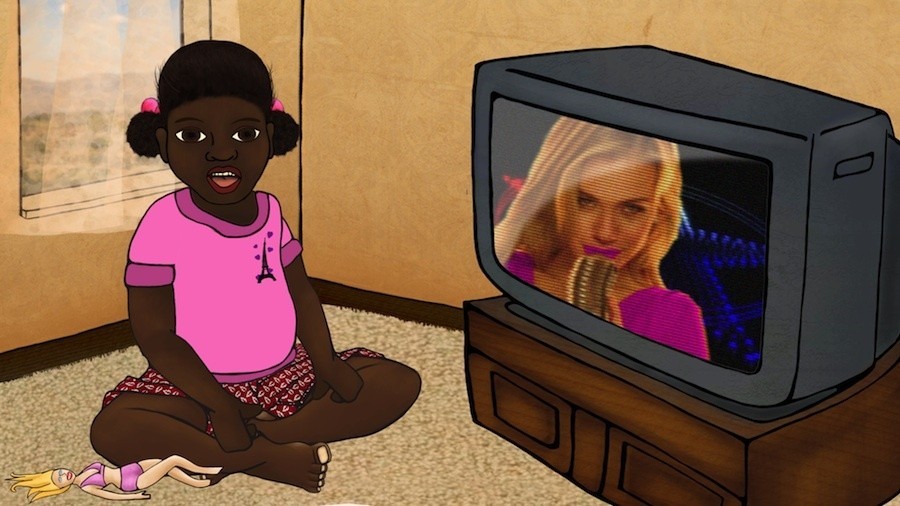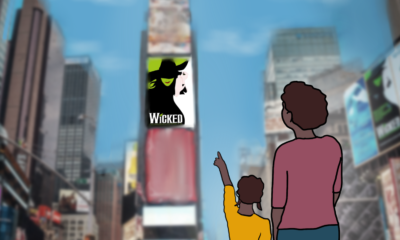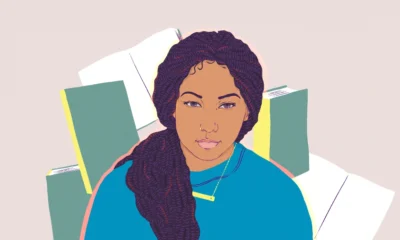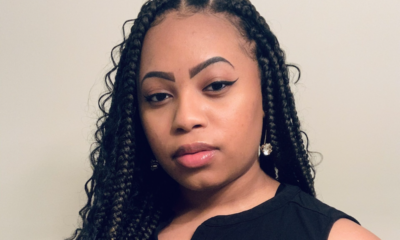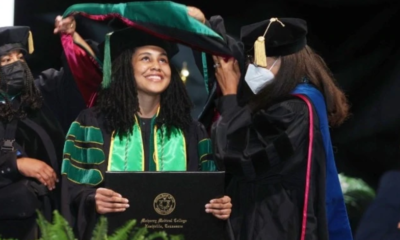Black Women in Education
Powerful Short Film Challenges Beauty Ideals That Govern Skin Color
In discussions of mainstream beauty ideals, it’s not uncommon to hear media outlets discuss the prominence of certain body types, addressing disorders like anorexia and bulimia in the process. However, for many women, particularly women of color, these are far from the only harmful ways myths and norms shape perceptions of beauty, and shape perceptions of ourselves.
In her powerful short film “Yellow Fever,” Kenyan artist and filmmaker Ng’endo Mukii explores the relationship between a woman and her skin color, and the hierarchy of globalized beauty imposed on impressionable minds and bodies. “While growing up, I would come across women who practiced skin bleaching (‘lightening’, ‘brightening’), and often had a condescending internal reaction to them,” Mukii explained in an email to The Huffington Post.
“Now, I realize they are only products of our society, as are we all. Since our media perpetuates Western ideals to our girls and women, and we consume this information continuously from a young age, how can we fault anyone who is susceptible to these ideals (men included), without challenging the people that are creating them?”
Mukii explores these concepts and beyond in her enrapturing seven-minute short, which combines layered ethnographic visuals with emotive dance sequences and textural animated interviews with family members including her mother and young niece. “If I were American, I would be white, white, white, white and I’d love being white,” Mukii’s five-year-old niece says, sitting before a white pop star on the television screen. As she innocently proclaims that magic could potentially turn her skin another color, the scene becomes both jarring and heartbreaking.
Mukii comes from a background of painting and drawing, yet became fascinated with film and animation during her time at the Royal College of Art in London. When embarking on her graduation film, which eventually became “Yellow Fever,” Mukii was comparing the processes of taxidermy and early ethnographic filmmaking — namely the editing and deletion involved in reducing a subject into a flattened “other.” Determined to change the stakes, Mukii placed herself in the role of both…
Please read original article – Powerful Short Film Challenges Beauty Ideals That Govern Skin Color



